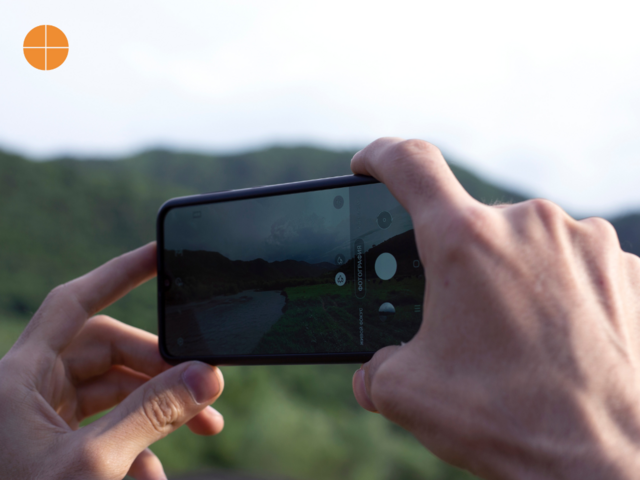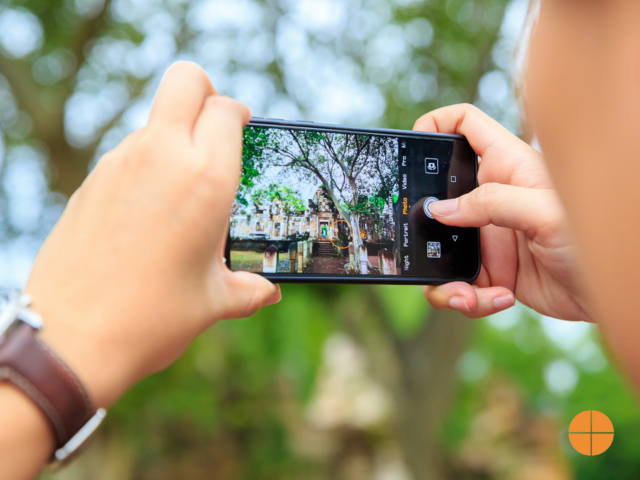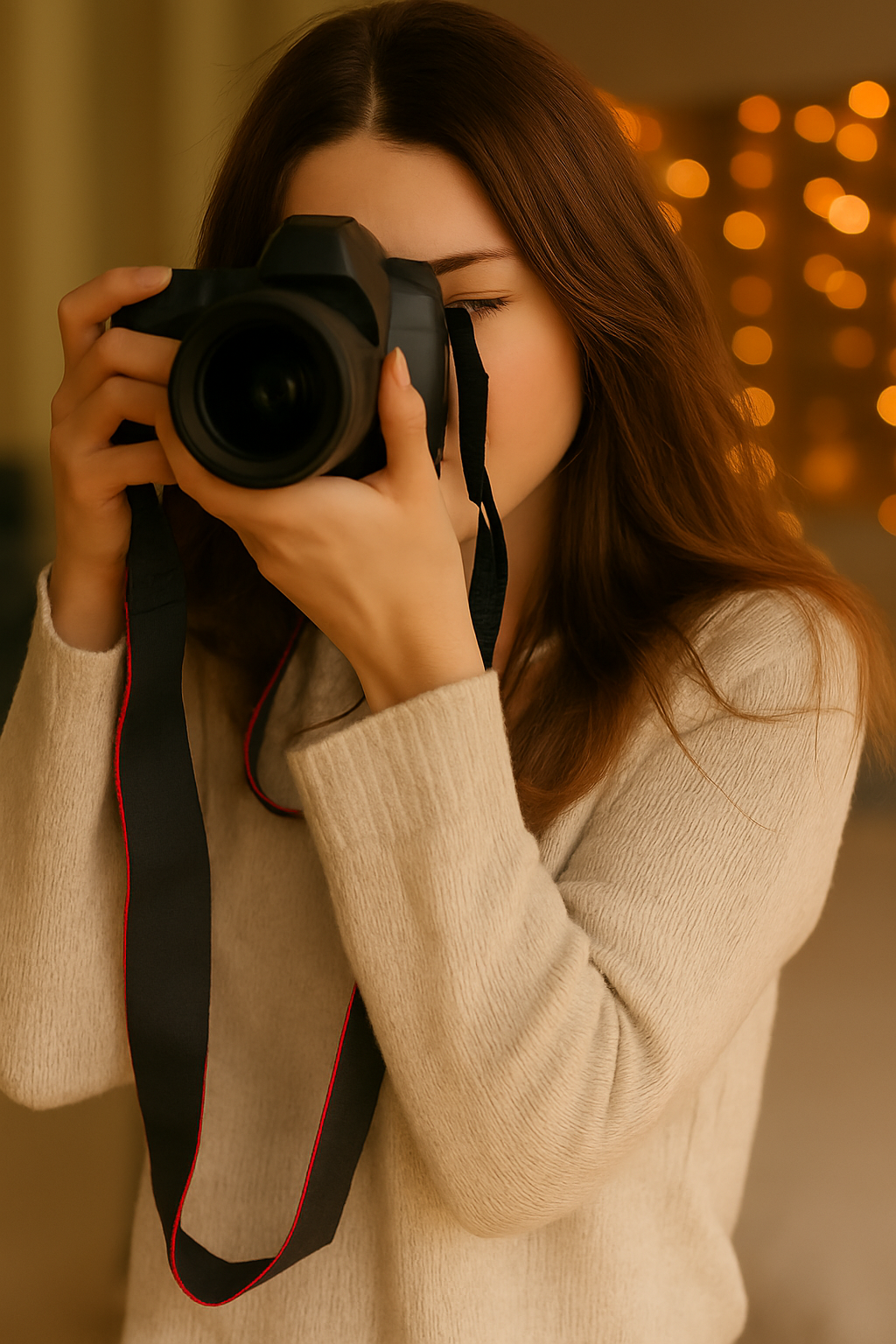Today there are 5 billion photographs taken every day worldwide, that’s 57,000 photographs captured per second, every day, everywhere. While these statistics are mind bogglingly enormous, it is no surprise that the universal phenomenon of smartphones would inevitably become the primary source of photography worldwide. But what may come as a surprise is that this has not compromised on the quality of the cameras. In fact smartphone cameras are gaining a reputation for becoming more sophisticated than some well known DSLRs with many becoming the equivalent of carrying around a kit bag full of lenses and filters. And it all fits neatly into your pocket. While the convenience of a pocket sized kit is undeniable, if an ambitious photographer has not learned how to get the most out of their phone camera, sadly, it’s a truly wasted opportunity.

Maximising the capabilities of your smartphone camera
The first and most obvious thing to do is to spend some time with your phone, not scrolling time but quality time, learning time. Learn the technical spec of your smartphone camera so you can take control of your photography. This way you can remove the need for additional kit to confront challenging conditions.
Once you get to know the sensor size, aperture, and pixel size, you can adapt accordingly. This knowledge will inform decisions such as a camera with a larger sensor and wider aperture, for example, will be beneficial for low-lit shots. Smartphones with long exposures are not only the ideal setting for a low lit scene, but it can be used creatively to create the blur of light trails from cars or any moving subjects. If your camera doesn’t have a slow shutter speed option, there are also apps like “Slow Shutter Cam” that can achieve the same effect.
The beauty of the smartphone is the convenience of pointing and shooting. But if you are serious about taking your photography to the next level, find a smartphone with manual modes and get to know them. Most phones have basic manual settings but some Android phones include more sophisticated manual modes. Becoming familiar with shutter speeds and white balance will give a photographer greater creative space to produce a higher standard of image.
Be wary of defaulting to built in features like the flash. It may be quick and easy but it can often result in harsh light with severe shadows as well as blanching-out the depth of colour in the scene. If the lighting is low, change the camera settings before you consider using your flash. Play around with the settings and with your styles. Step out of your comfort zone and see where it takes you.
Composition methods
The camera is the tool through which an image is created, so regardless of the piece of kit, the same rules of composition apply. Whether in an urban environment or walking through the countryside, think about patterns and symmetry. They occur naturally as well as in architecture or any number of scenes. You may not be carrying a huge camera around your neck but it doesn’t mean you stop thinking like a photographer.
The same applies to light which is in fact a friend of the photographer, even when it feels like an enemy. Shadows, silhouettes and different times of day can be the agent of some stunning vistas. Step outside at sunrise and sunset and take advantage of the convenience of your pocket sized piece of magic.

Post processing smartphone photography
Digital photography has the great advantage of a huge amount of post-production techniques and an endless array of software to choose from. While the built-in apps on most smartphones are quite effective, exploring external editing apps can yield some fascinating results. Here are some excellent editing apps available for various platforms:
- VSCO Cam: Available for both iPhone and Android, this app offers a range of artistic filters and advanced camera controls.
- Snapseed: A versatile app compatible with iPhone, iPad, and Android, Snapseed provides professional-grade editing tools to enhance your photos.
- Instagram: More than just a social media platform, Instagram, available on iPhone, Android, and Windows Phone, offers a suite of editing options along with its famous filters.
- Flickr: Accessible on iPhone, Android, and Windows Phone, Flickr not only offers photo storage but also includes editing tools to refine your images.
- Lightroom: Adobe's Lightroom, compatible with iPhone, Android, and Windows Phone, is ideal for those looking for in-depth editing features akin to its desktop counterpart.
Each of these apps brings something unique to the table, from simple touch-ups to complex edits, allowing you to creatively enhance your mobile photographs.
It’s important to think of editing as more than simply “fixing” photographs. It can be an additional tool with which to tell your story. And every image tells a story! Explore advanced editing techniques such as dodging and burning, selective colour enhancement, and layering multiple images to create a composite image.
The camera does not make the photograph, it is the photographer who captures the image. Photography does not exist without the camera but in the same way a painter uses a brush, it is the photographer who creates the final image. This also means that despite the sophistication of the machinery, there is no guarantee that the photographer will generate great photographs. Once a photographer can get past the idea that they can only be as good as their kit, then perhaps they will appreciate the impressive equipment they have at their fingertips. Smartphone cameras are generally excellent quality cameras, but it is up to the photographer to get the most out of them.
Embrace your creative potential with our Photography Courses
With our comprehensive photography courses, you can truly explore your own potential as you learn new skills of the craft. Our courses are designed to cater for all levels of expertise from brand new point-and-shooters, to seasoned pro and semi-pro photographers. We cover everything from the fundamental techniques of image capturing to advanced digital photography skills.

